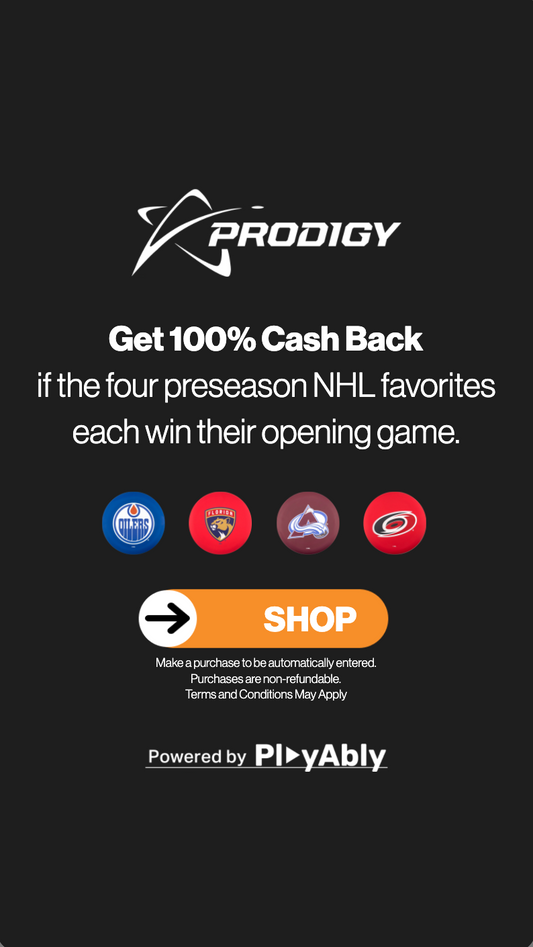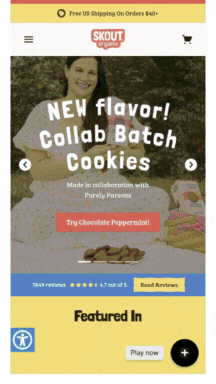Organic Retention Strategies with Gamified Experiences in eCommerce
Vintage Cars Customizable Game
Creating Customer Journeys Experiences in eCommerce with Gamification
Download The Guide
Customer retention is essential for sustainable growth, and gamification offers a fresh, organic approach to keep customers engaged without relying on paid methods. By incorporating interactive elements like rewards programs, personalized challenges, and progress tracking, brands can create enjoyable experiences that encourage customers to return and engage consistently. This guide explores how gamified experiences can enhance retention and foster long-term relationships with customers.
Why Organic Retention Matters
Retaining customers is more cost-effective than acquiring new ones, and a loyal customer base can drive sustained growth. Organic retention strategies focus on engaging customers naturally through experiences they enjoy, building brand loyalty without heavy reliance on paid campaigns. Studies show that increasing customer retention by just 5% can boost profits by up to 25%, as loyal customers are more likely to make repeat purchases and recommend the brand.
Vintage Cars Customizable Game
Gamification and conversion optimization go hand in hand. While gamification keeps users engaged, conversion optimization ensures that engagement leads to action—whether that’s making a purchase.
Download The GuideKey Gamified Retention Strategies for eCommerce
1. Points-Based Loyalty Programs for Continuous Engagement
Loyalty programs that allow customers to earn points for each purchase or interaction create a reason for them to return regularly. By rewarding customers for activities such as signing in, sharing products on social media, or writing reviews, brands keep customers involved in the community. A points system also encourages customers to spend more to unlock higher-value rewards, driving repeat engagement.
To maximize the impact of loyalty programs:
- Offer points for various actions, creating multiple opportunities for engagement.
- Clearly communicate how points are earned and redeemed to keep the program accessible.
- Track progress and provide updates to motivate customers toward the next reward.
2. Personalized Challenges to Encourage Return Visits
Personalized challenges add a fun, interactive element to the shopping experience, motivating customers to return to complete tasks. For example, a seasonal challenge might encourage customers to make purchases across different categories or engage with a specific product line. By offering rewards for completing these challenges, brands can drive continued engagement without the need for paid promotions.
Examples of effective personalized challenges include:
- “Explore New Arrivals” challenge, where customers earn points for purchasing from new collections.
- “Refer-a-Friend” challenge, rewarding customers for bringing in new shoppers.
- Seasonal “Shop 3 Times” or “Complete Your Profile” challenges that guide customers through specific actions.
3. Gamified Referrals for Organic Growth
Referral programs that incorporate gamified elements create a sense of excitement, encouraging existing customers to introduce new customers organically. By rewarding customers with points, discounts, or exclusive access for each successful referral, brands create an incentive for word-of-mouth marketing. Referrals also strengthen the sense of community around the brand, as customers feel they are contributing to its growth.
Best practices for gamified referral programs:
- Provide rewards for both the referrer and the new customer to encourage engagement on both sides.
- Use progress tracking to recognize top referrers and create a competitive element.
- Simplify sharing options, making it easy for customers to refer friends via social media, email, or text.
4. Progress Tracking and Milestones for Long-Term Engagement
Tracking progress toward rewards or milestones keeps customers engaged over time, as they see tangible signs of their loyalty. A progress bar that shows how close a customer is to earning a discount or reaching a loyalty tier adds excitement and encourages continued interaction. By visually reinforcing the customer’s journey, brands can create a more immersive and rewarding shopping experience.
To make progress tracking effective:
- Display progress clearly in customer accounts, making it easy to view and understand.
- Set achievable milestones that encourage return visits, such as reaching a spending goal or completing a number of purchases.
- Use notifications or reminders to keep customers updated on their progress and upcoming rewards.
5. Social Engagement Challenges to Build Community
Social engagement challenges foster a sense of community around the brand, encouraging customers to interact beyond just shopping. For instance, a brand might offer points or badges for sharing posts on social media, tagging friends, or participating in brand events. These challenges strengthen the brand’s presence on social platforms while keeping customers engaged through a shared experience.
Tips for social engagement challenges:
- Offer incentives like bonus points or exclusive discounts for social actions.
- Create branded hashtags or events that allow customers to feel part of the community.
- Recognize top contributors to reinforce the value of engagement and build brand advocates.
Implementing Gamified Retention Strategies Effectively
To ensure that gamified retention strategies feel natural and engaging, follow these best practices:
- Focus on User-Friendly Design: Gamified elements should be intuitive and easy to use, enhancing the experience without creating frustration.
- Provide Meaningful Rewards: Make sure rewards are valuable to customers, encouraging them to participate consistently.
- Optimize for Mobile: Many customers engage with brands on mobile, so ensure gamified features are mobile-friendly.
- Align with Brand Voice: Keep the experience consistent with the brand’s personality, making each interaction feel like part of a cohesive journey.
Measuring the Impact of Gamified Retention Strategies
To assess the effectiveness of gamified retention strategies, track these key metrics:
- Customer Retention Rate: Measures the percentage of customers who return for repeat purchases, showing how well gamified strategies build loyalty.
- Engagement Rate: Tracks how often customers interact with gamified features, such as loyalty programs or referral systems.
- Average Order Value (AOV): Higher AOV can indicate that customers are engaging more deeply with the brand and spending more.
- Customer Lifetime Value (CLV): Tracks the long-term value of customers who engage with gamified features, showing the impact on overall revenue.
Building Lasting Connections Through Organic Retention
Gamification provides a natural, enjoyable way to build customer loyalty and retention without relying on paid methods. By creating a journey that rewards engagement, from loyalty points to personalized challenges, brands can foster long-term connections that keep customers coming back. This approach not only enhances the shopping experience but also builds a community of loyal customers who enjoy interacting with the brand.
Through thoughtful design and meaningful rewards, gamified retention strategies help brands establish a strong foundation for organic growth, turning one-time shoppers into committed customers who feel valued and connected.



